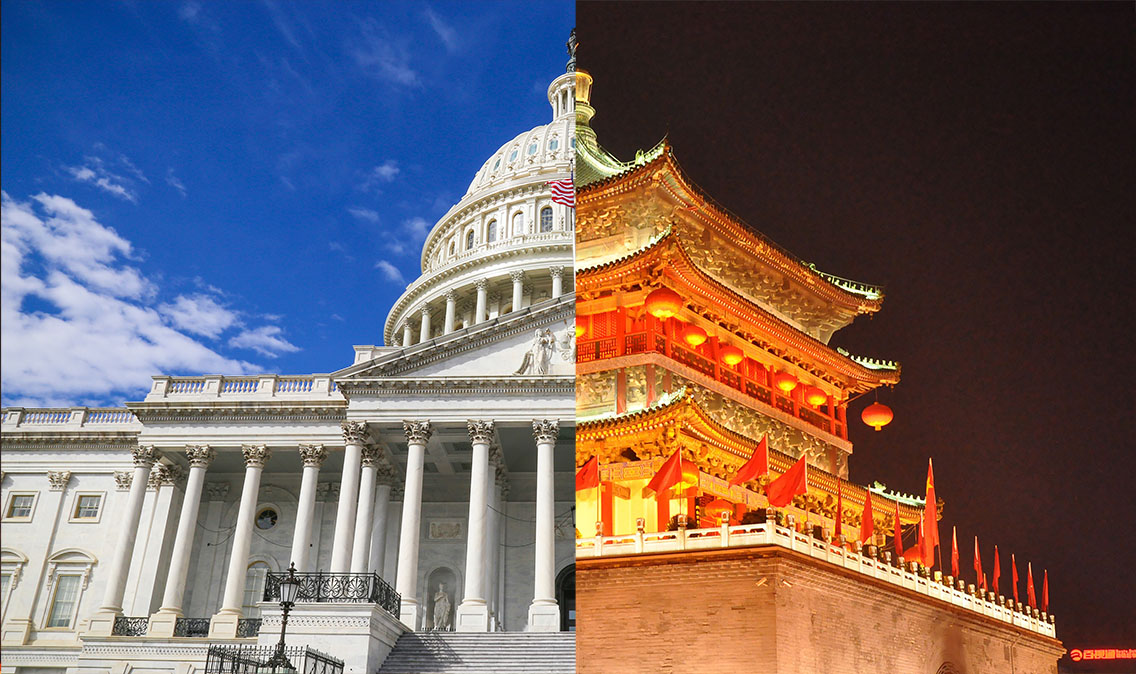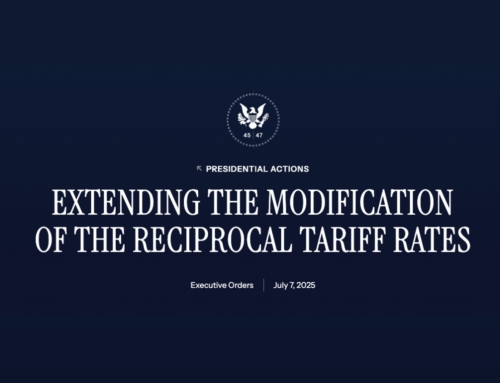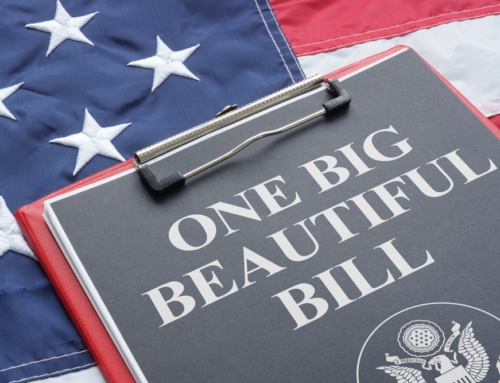On the Sunday eve before Labor Day, as American families gathered to celebrate the social and economic achievements of the U.S. labor movement, increased trade tariffs went into effect targeting imports from China in an ongoing effort by the U.S. government to pressure a trade deal and eliminate unfavorable trade abuses.
- 10% increase to 15%, effective September 1 on $300 billion worth of Chinese imports.
- 25% increase to 30% effective October 1 on $250 billion worth of Chinese imports.
Since March 2018, the escalating trade conflict with China has resulted in over four lists targeting almost every product imported from one of the U.S.’ largest trading partners. Those increased costs will, in most cases, be passed along to consumers as the American holiday season approaches.
$34 Billion Trade Action & Exclusions (List 1)
$16 Billion Trade Action & Exclusions (List 2)
$200 Billion Trade Action & Exclusions (List 3)
List 4A (Effective September 1, 2019) – Now in effect!
List 4b (Effective December 15, 2019) – USTR is still seeking comments from trade!
U.S. SECTION 301 CLAIMS SUPPORTING TRADE ACTION AGAINST CHINA
- China uses foreign ownership restrictions, such as joint venture (JV) requirements and foreign equity limitations, and various administrative review and licensing processes, to require or pressure technology transfer from U.S. companies.
- China’s regime of technology regulations forces U.S. companies seeking to license technologies to Chinese entities to do so on non-market-based terms that favor Chinese recipients.
- China directs and unfairly facilitates the systematic investment in, and acquisition of, U.S. companies and assets by Chinese companies to obtain cutting-edge technologies and intellectual property and generate the transfer of technology to Chinese companies.
- China conducts and supports unauthorized intrusions into, and theft from, the computer networks of U.S. companies to access their sensitive commercial information and trade secrets.
Trade associations and consultancies have been representing American businesses that face considerable financial pressure have been lobbying for well over a year with little results – aside from more and more tariff lists.
U.S.-China Business Council (USCBC), for example, this August published their annual member survey, boasting input from 100 multi-national American-based firms. The “non-partisan” organization identified four major areas of concern for U.S. companies doing business in China:
- Trade friction is negatively impacting U.S. companies operating in China;
- Chinese companies are favored over foreign (U.S.) firms making it difficult to compete;
- Confidence in the Chinese market is wavering;
- (Not to mention) the obvious concerns over intellectual property rights (IPR), technology transfer, data flow and cybersecurity policy.
READ THE FULL SURVEY: U.S.-CHINA BUSINESS COUNCIL AUGUST 2019
The US-China Business Council (USCBC) is a private, non-partisan, nonprofit organization of roughly 220 American companies that do business with China. Through its offices in Washington, DC; Beijing; and Shanghai, USCBC is uniquely positioned to serve its members’ interests in the United States and China.
USCBC’s mission is to expand the US-China commercial relationship to the benefit of its membership and, more broadly, the US economy. It favors constructive, results-oriented engagement with China to eliminate trade and investment barriers and develop a rules-based commercial environment that is predictable and transparent to all parties.
As Green continues to monitor the situation, stay up-to-date on freight news by following us on Facebook, Twitter, and LinkedIn. For continuous updates, make sure to check out our website at greenworldwide.com.






